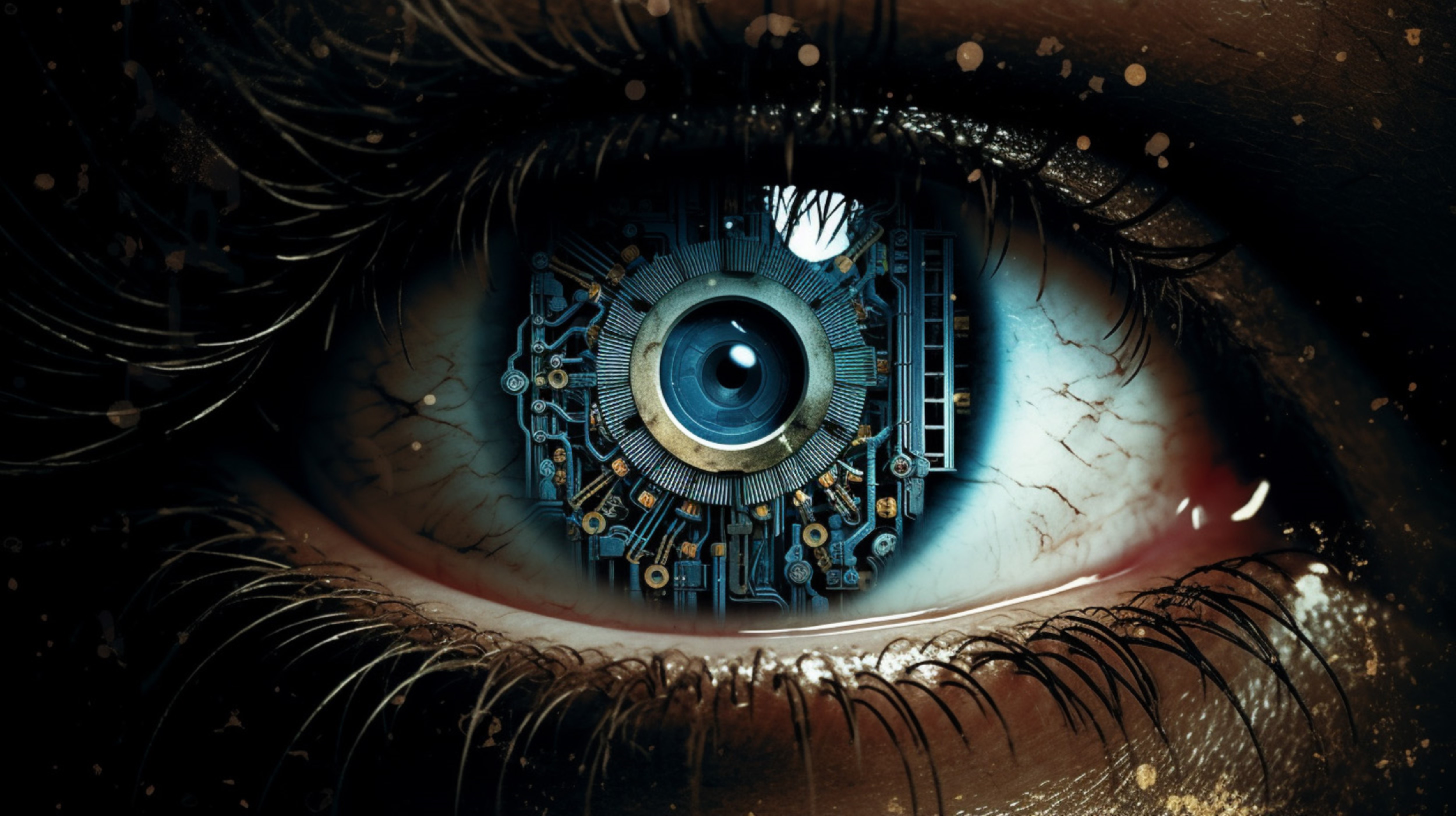Digital Eye in Industry: Camera-Based Quality Control Systems

The rapid development and increasing complexity of production processes in the industry have made quality control more important than ever. Producing flawless, high-quality products that meet standards is a critical factor for businesses to maintain their competitive advantage. At this point, camera-based quality control systems come into play, enhancing quality and providing a reliable defense mechanism against production errors. Today, thanks to the combination of artificial intelligence and camera technologies, these systems have become the "digital eyes" of the production line.
What are Camera-Based Quality Control Systems?
Camera-based quality control systems are automation systems aimed at detecting defective products by analyzing the products and components on the production line using image processing technology. These systems can evaluate the shape, size, color, surface condition, and other features of products using high-resolution cameras and artificial intelligence algorithms.
Equipped with artificial intelligence, these systems analyze the digital image of each product, identify defective products, and quickly separate them on the production line. At the same time, features like human detection prevent workers and operators from entering dangerous areas, contributing to occupational safety.
Advantages of Camera-Based Quality Control Systems
Camera-based quality control systems offer many advantages for businesses in enhancing quality and safety:
1. High Speed and Precision:
Camera-based quality control systems can detect even details that the human eye cannot perceive at high speed. They inspect each product on the production line within seconds and accurately identify defective products. This high speed and precision optimize quality control processes in industries with large-scale production.
2. Automated Defect Detection and Classification:
Thanks to artificial intelligence algorithms, cameras can detect scratches, cracks, color differences, and other anomalies on product surfaces. The detected defects can be automatically classified, generating detailed reports. This greatly facilitates finding the root cause of problems on the production line and reduces the workload of the quality control team.
3. Ensuring Occupational Safety with Human Detection:
Another important feature of camera-based quality control systems is their ability to detect humans, preventing unwanted situations. The safety of workers on the production line is paramount, and camera-based systems play an effective role in enhancing occupational safety.
For example, a quality control system equipped with a camera and artificial intelligence can continuously monitor areas around press machines or other hazardous equipment. When human detection occurs, the system can instantly stop the machine or alert operators. This plays a critical role in preventing work accidents and unexpected situations.
4. Optimization of Production Processes:
Camera-based quality control systems provide detailed data about production processes. This data shows when and why defective products occur, offering opportunities for optimization on the production line. For example, if the same defect constantly occurs in a specific machine, it may indicate that an improvement is needed in the production process.
5. Data Analytics and Reporting:
Camera-based quality control systems analyze product images and present the collected data in reports. These reports provide information about the types, frequency, and causes of defects in the production line. Artificial intelligence algorithms analyze this data and suggest improvements to production processes.
6. Compliance with Standards and Customer Satisfaction:
Automated quality control ensures that products are consistently manufactured to the specified standards. Defective products are prevented from reaching the market, which increases customer satisfaction. At the same time, camera-based systems provide advantages for businesses in quality certification processes.
Human Detection with Artificial Intelligence and Its Advantages
One of the most important advantages offered by camera-based quality control systems is their ability to detect humans using artificial intelligence. Human detection plays a critical role in ensuring occupational safety on the production line. The advantages of this technology are as follows:
Real-Time Monitoring: Camera and artificial intelligence technology monitor the production area in real-time and detect when workers approach dangerous areas. In such cases, the system provides instant alerts and takes necessary precautions.
Minimizing Risks: Workers entering machine operating areas without permission or carelessly can lead to serious accidents. Camera-based systems eliminate these risks and increase the level of occupational safety.
Informing Operators: Camera systems with human detection continuously monitor the movements of operators in the production area and inform them about faulty or risky behaviors. This encourages workers to adhere more to safety protocols and increases occupational safety awareness.
To learn more about our Yedibox - Human Detection product, which can be activated in 10 minutes, click here.
Quality control in the industry is vital to producing products that are flawless and meet customer expectations. Camera-based quality control systems ensure the inspection of products with high speed and precision, optimizing production processes. Integrated with artificial intelligence, these systems not only detect product defects but also minimize occupational safety risks through human detection.
With the AI-supported quality control solutions we offer at Yeditek, you can achieve maximum efficiency and safety in your production processes. Functioning as digital eyes, these systems instantly detect unwanted situations on your production line and take your product quality to the next level.
